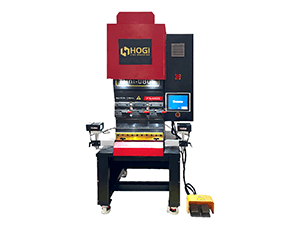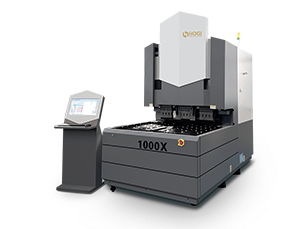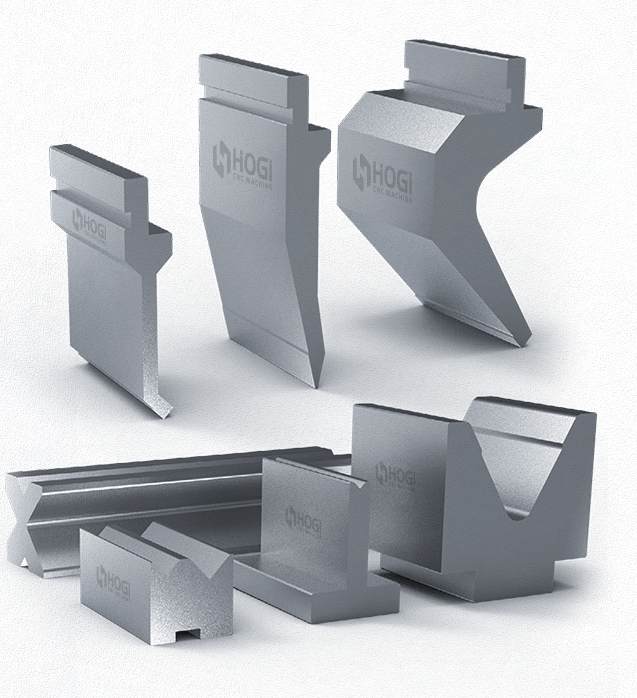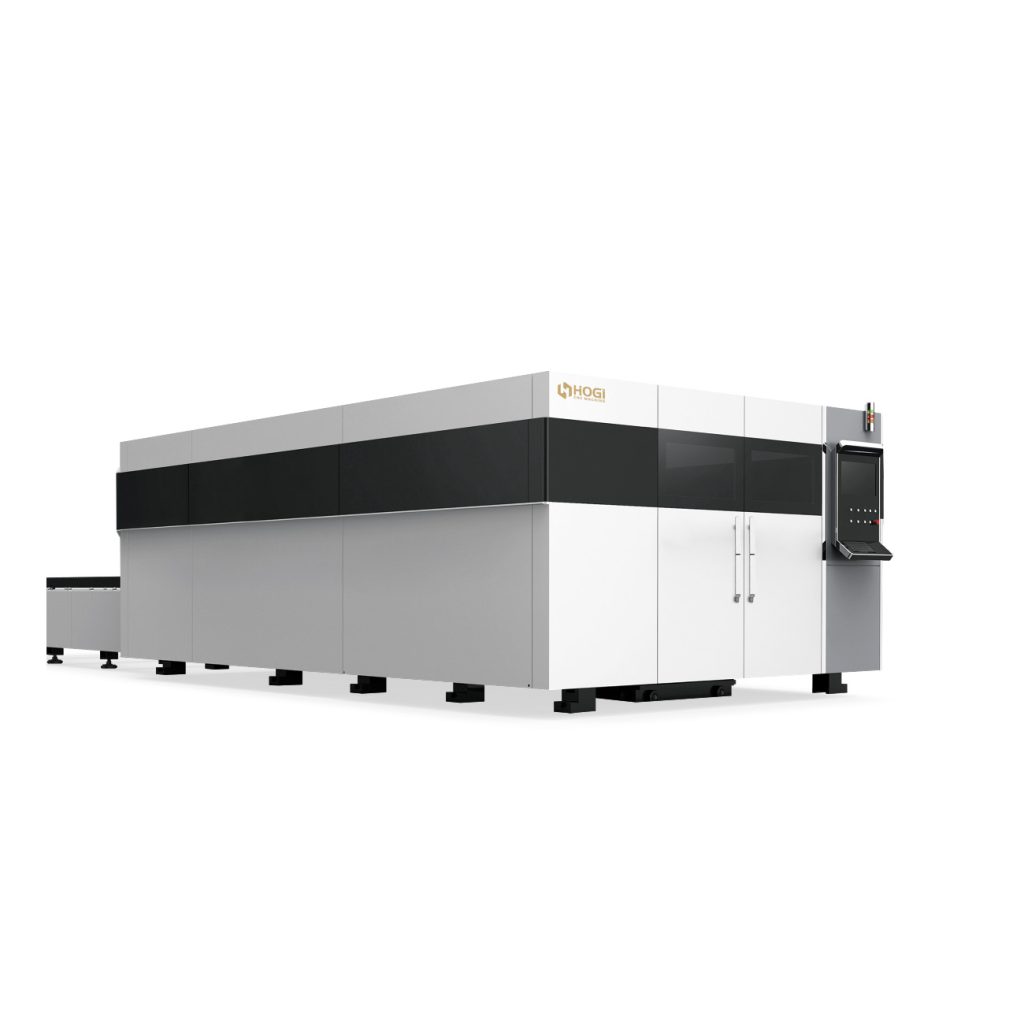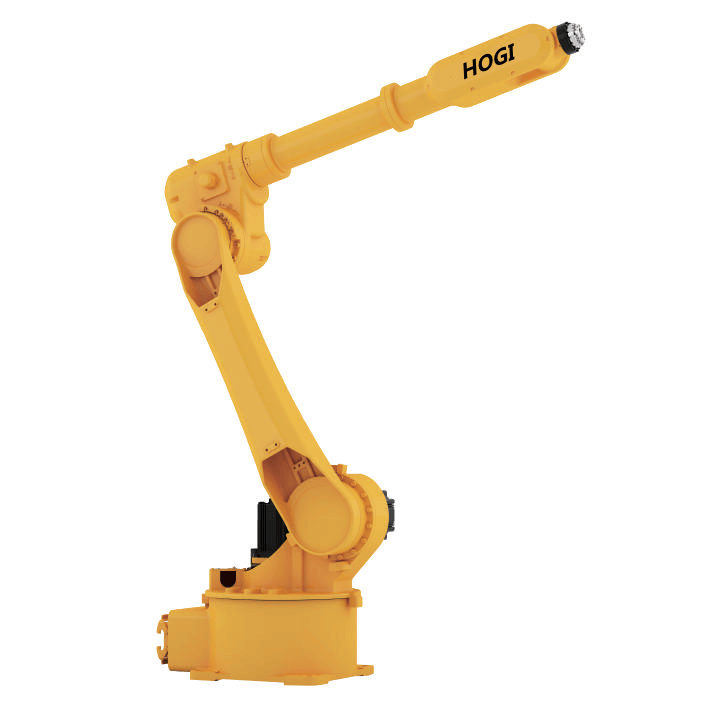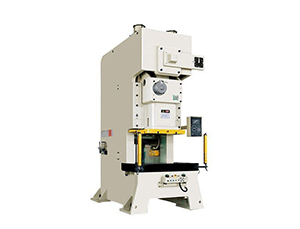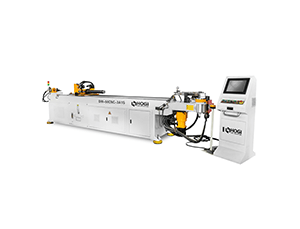10 common defects and solutions of laser welding:

- Welding spatter
Laser welding spatter generated by the serious impact on the surface quality of the weld, will contaminate and damage the lens. General performance: after the completion of laser welding, many metal particles appear on the surface of the material or workpiece, attached to the surface of the material or workpiece.
Splash causes: the surface of the material or workpiece being processed is not cleaned, there are oil or pollutants, or may be caused by the volatilization of the galvanized layer.
Solution:
A. Pay attention to clean the material or workpiece before laser welding.
B. Spatter is directly related to power density. Properly reduce the welding energy can reduce spatter.
- Cracking
Cracks generated by continuous laser welding are mainly thermal cracks, such as crystal cracks, liquefaction cracks, etc.
The cause of cracking: mainly due to excessive contraction force before the weld is fully solidified.
Solution: Wire filling, preheating and other measures can reduce or eliminate cracks.
- Stoma
Weld surface porosity is a defect that is more likely to occur in laser welding.
The causes of porosity are:
A.Laser welding melt pool is deep and narrow, and the cooling rate is very fast. Liquid molten pool of gas generated in time to overflow, which can easily lead to the formation of pores.
B. the weld surface is not cleaned, or galvanized sheet zinc vapor evaporation.
Solution: Clean the workpiece surface and the weld surface before welding to improve the volatilization of zinc when subjected to heat. In addition, the blowing direction can also affect the generation of porosity.
- Bite edge
Bite edge refers to: weld seam and the base material is not well combined, the appearance of bevel, depth greater than 0.5mm, the total length is greater than 10% of the weld length, or greater than the length required by the acceptance criteria.
Bite edge causes:
A, welding speed is too fast, the liquid metal in the weld will not be redistributed on the back of the small hole, forming biting edges on both sides of the weld.
B, the joint assembly gap is too large, the molten metal in the joint filler is reduced, also prone to edge biting.
C. At the end of laser welding, if the energy drop time is too fast, the small hole is easy to collapse, which will also cause local biting.
Solution:
A. Control the processing power and speed matching of the laser welding machine to avoid biting the edges.
B. Inspection of the weld seam found biting edge, can be polished, cleaned and repaired to make it meet the requirements of acceptance standards.
- Weld buildup
The weld is obviously overfilled, and the weld is too high when filling the weld.
The cause of weld buildup: too fast wire feeding speed or welding speed when welding is too slow.
Solution: Increase the welding speed or reduce the wire feed speed, or reduce the laser power.
- Welding deviation
The weld metal will not solidify in the center of the joint structure.
The reason for this situation: inaccurate positioning during welding, or inaccurate filler welding time and wire alignment.
Solution: Adjust the welding position, or adjust the filler welding time and the position of the wire, as well as the position of the lamp, the wire and the weld seam.
- Weld depression
Weld depression refers to the phenomenon of depression on the surface of the weld metal.
The reason for the weld dent: bad center of the weld spot when brazing. The center of the spot is close to the lower plate and deviates from the center of the weld, resulting in partial melting of the base material.
Solution: Adjust the filament matching.
- Poor weld seam forming
Bad weld seam forming includes: bad weld ripple, uneven and untidy weld seam, unsmooth transition between weld seam and base material, bad weld seam, and uneven weld seam.
Reasons for this situation: unstable wire feeding or discontinuous light when brazing the weld seam, etc.
Solution: Adjust the stability of the equipment.
- Welding
Weld channel means: when the weld trajectory changes a lot, the corners are prone to weld channel or uneven shaping.
Causes: Large changes in weld trajectory and uneven schematic.
Solution: Weld under the best parameters and adjust the angle of view to make the corners coherent.
10、Surface slagging
Surface slagging refers to: in the welding process, the skin slagging can be seen from the outside mainly appears between the layer and layer.
Surface slagging cause analysis:
A, multi-layer multi-channel welding, interlayer coating is not clean; or the previous layer of the weld surface is not flat or the surface of the weld does not meet the requirements.
B, welding input energy is low, welding speed is too fast and other improper welding operation techniques.
Solution:
A. Select a reasonable welding current and welding speed. Multi-layer multi-pass welding must clean up the interlayer coating.
B.grinding to remove surface slag weld, if necessary, patch welding.


